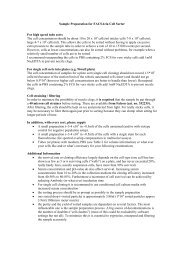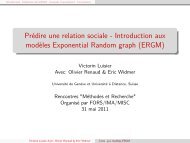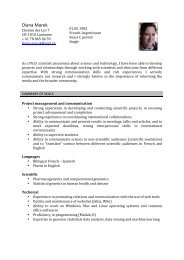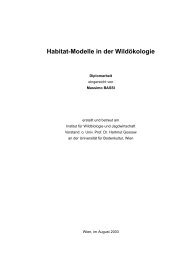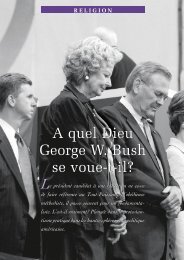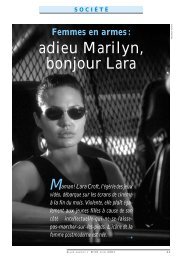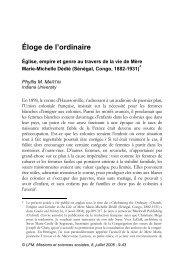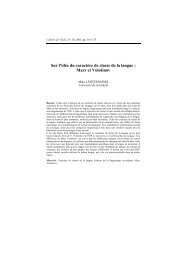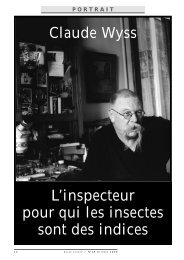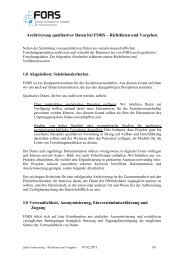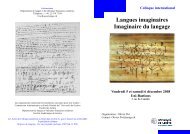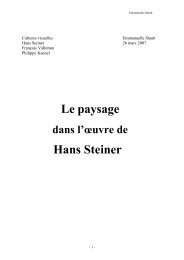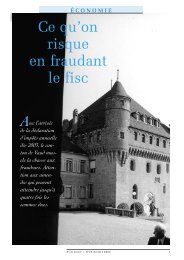conference programme book - European Survey Research ...
conference programme book - European Survey Research ...
conference programme book - European Survey Research ...
You also want an ePaper? Increase the reach of your titles
YUMPU automatically turns print PDFs into web optimized ePapers that Google loves.
WEDNESDAY 20 JULY 101Translang measurement instruments for the ”Programme for the Internaonal Assessment of Adult Competencies”(PIAAC), the ”Programme for Internaonal Student Assessment” (PISA) and other large-scale surveysevolved on experimental procedures as well as trial and error, and led to new developments in related technologyand methodology.Some of these developments are currently being used for the translaon of PISA 2012 material:2.35.2 Advance Translaon in the <strong>European</strong> Social <strong>Survey</strong> (ESS) Round 5, 2010B. Dorer 11 GESIS - Leibniz Instute for the Social Sciences, GermanyIn cross-cultural surveys, measurement errors may arise from quesonnaire draing or from translaon.2.35.3 Supporng the Translaon Process Online in a Cross-Naonal <strong>Survey</strong>A. Amin 1 , A. Blom 2 , M. Martens 11 CentERdata, Netherlands; 2 Survex - <strong>Survey</strong> Methods Consulng, GermanyThe <strong>Survey</strong> of Health, Ageing and Rerement in Europe (SHARE) is a muldisciplinary and cross-naonal panelsurvey on health, socio-economic status and social and family networks. The panel consists of more than45,000 individuals aged 50 or over. Having fielded the baseline of this bi-annual panel study in 2004/05, SHAREis now in its fourth wave of data collecon.2.36 Open-ended survey quesons IITo be held on July 20, 2011 from: 14:00 to 15:30, in room 315.Coordinated by:• Nick Allum - University of Essex, United Kingdom• Graham Hughes - University of Surrey, United Kingdom2.36.1 Can open-ended quesons help to idenfy voter heterogeneity?J. Blumensel 11 MZES, University of Mannheim , GermanyWhile open-ended quesons had been used in seminal works such as Stokes et al. (1958), Campbell et al.(1960), or Converse (1964), they have been largely ignored in electoral science ever since the 1980s. Currently,related to the discussion of voter heterogeneity, open-ended quesons might experience a renaissance. Thenoon that voters apply different decision-making strategies when choosing among pares has become commonsense in electoral science. Some voters, for example, are assumed to vote in order to achieve a certainpolicy-outcome, others may but put a special emphasis on candidates, and sll another group may simply votehabitually. However, how to idenfy heterogeneous subgroups in the electorate is sll unseled. Bartle (2005)advocates that directly asking the voters about their consideraons might be the most promising approach...2.36.2 Three-Valued Logic as an Instrument for Rule-Based Coding of Open-Ended QuesonsG. Müller 11 Université de Fribourg, SwitzerlandIn principle, the coding of answers to an open ended survey queson can be considered as a classificaon taskwith a Boolean decision tree. Based on the presence or absence of certain facts X1, X2, ...., Xn in the answerof an interviewee, the person is given or withhold a certain abstract aribute Y, like e.g. being a liberal, or agood patriot, etc. The advantage of such tree-based inference rules is that they allow a certain rounizaonof the coding process, which in the best case may even be done by a computer-program.



